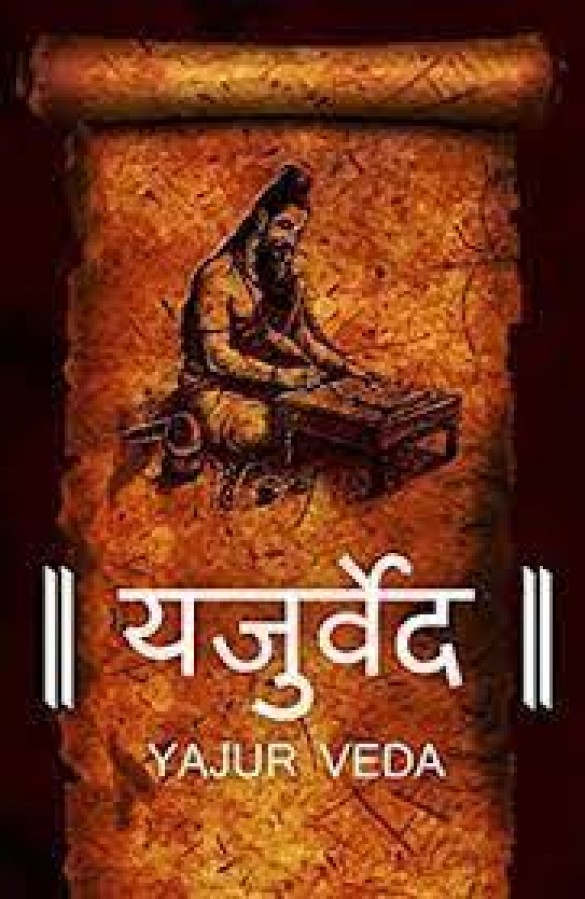
The Yajur Veda, one of the four ancient texts that comprise the Vedas, holds a significant place in Hindu scriptures. Derived from the Sanskrit words "Yajus" (sacrificial formula) and "Veda" (knowledge), the Yajur Veda is a repository of sacred chants and rituals used during Vedic sacrifices. It provides profound insights into the religious practices and spiritual beliefs of ancient India, shedding light on the spiritual journey and worldview of its people. The Yajur Veda stands as a testament to the spiritual and religious richness of ancient Indian civilization. As a sacred text of the Vedas, it embodies the wisdom and practices of Vedic sacrifices and rituals, providing a glimpse into the spiritual aspirations and beliefs of the people of that era. The significance of the Yajur Veda persists in modern Hinduism, where it continues to guide religious ceremonies and preserve the ancient heritage of Vedic knowledge. Through its teachings, the Yajur Veda remains a timeless source of inspiration and reverence for seekers of spiritual truth and practitioners of Hindu rituals.
The Yajur Veda, like the other Vedas, was passed down through oral tradition for generations by sages and priests called "Rishis." It is believed to have been composed during the early Vedic period, around 1500 BCE to 1200 BCE. Over time, these oral teachings were organized into written texts, preserving the sacred knowledge for posterity. The Yajur Veda is divided into two primary versions: the "Shukla Yajur Veda" and the "Krishna Yajur Veda." The former is characterized by its prose form and is also known as the "White Yajur Veda," while the latter is distinguished by a mix of prose and verse and is referred to as the "Black Yajur Veda."
The Yajur Veda primarily focuses on the performance of rituals, prayers, and mantras that are an integral part of Vedic sacrifices or "Yajnas." These Yajnas were conducted to seek the favor of gods, maintain harmony in the universe, and ensure the well-being of humanity. The Yajur Veda contains detailed instructions and guidelines for priests and officiants in performing these rituals.
The Yajur Veda is divided into two main parts:
Samhita: This part includes the mantras and verses used during rituals. In the Shukla Yajur Veda, the mantras are mainly in prose form, while in the Krishna Yajur Veda, they are presented in a mix of prose and verse.
Brahmanas: These are the prose explanations and interpretations of the rituals and sacrifices mentioned in the Samhita. The Brahmanas provide the rationale, symbolism, and deeper meanings behind the rituals.
The Yajur Veda played a pivotal role in ancient Indian society and continues to be of great significance in Hinduism today. Some key aspects of its relevance include:
Religious Practices: The Yajur Veda served as a guidebook for conducting Vedic rituals and sacrifices, which were fundamental in ancient Hindu religious practices.
Spiritual Significance: The mantras and verses in the Yajur Veda are considered sacred and are chanted during various religious ceremonies and prayers, invoking divine blessings and protection.
Preservation of Traditions: The Yajur Veda is essential for maintaining the continuity of Vedic traditions and preserving the knowledge of ancient rituals.
Philosophical Insights: The Brahmanas in the Yajur Veda provide deeper philosophical insights into the nature of existence, the cosmos, and the interplay between the material and spiritual realms.
also read - Samaveda: The Ancient Healing System of India